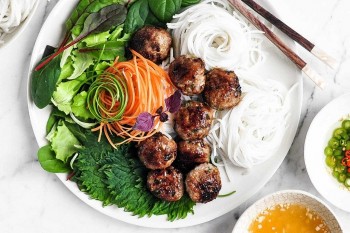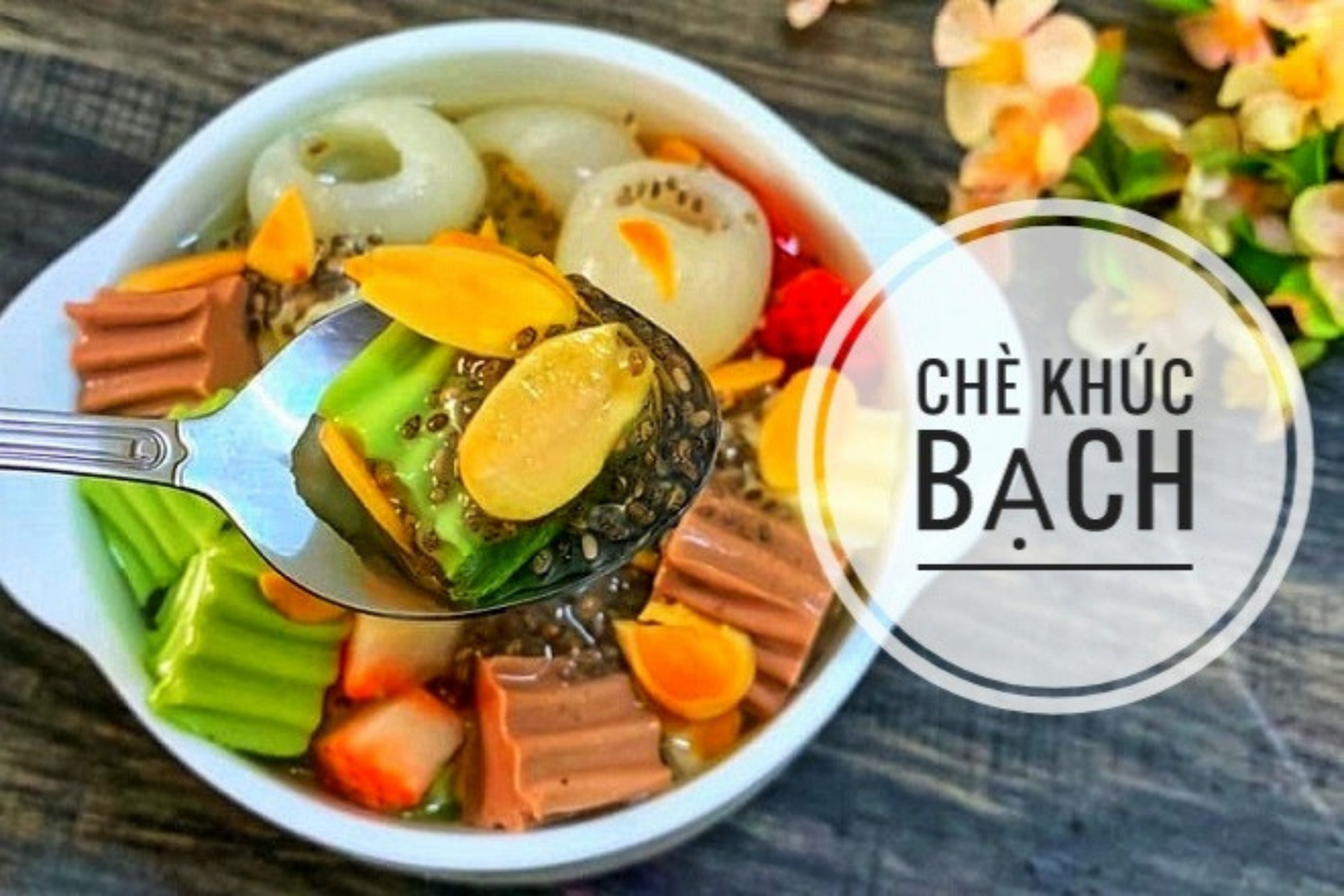Chhurpi Cheese - The Age-Old Hardest Cheese Dishes of India's Land
| 10 Best and Most Delicious Street Food That Are Globally Loved In Vietnam | |
| Recipe: Vietnamese Milk Cheese Jelly Sweet Soup Dessert (Chè Khúc Bạch) | |
| CNN: Dalat produces some of the best cheese in Asia |
If you are a cheese lover, you might probably be aware of Nepal’s chhurpi, the hardest cheese in the world! Often known as Himalayan chewing gum, this cheese is nothing like your regular cheese. This one is natural, healthy, and helps people stay warm in extreme winters. People living in the Himalayan regions of Nepal have a habit of chewing this every morning to bear the extreme low temperatures.
Where to find it?
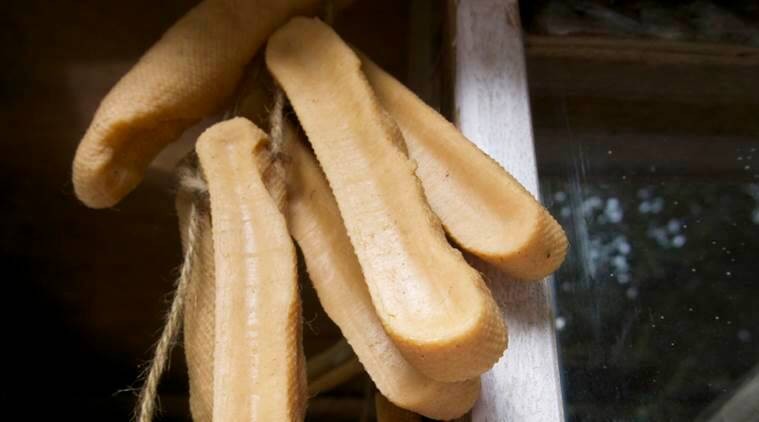 |
| Photo: India Express |
Tipling, a beautiful village in Nepal, is known for making chhurpi. The farmers here prepare this cheese from the milk of chauri (also called chauri gai in Nepal), a cross between a yak and a cow. Though chhurpi has a smoky fragrance, it tastes extremely sweet. And the interesting part is, you chew it like you would chew a chewing gum, though it has health benefits as well, as chhurpi is healthy, naturally sweet and good for your teeth.
To find and taste this cheese, people travel to remote parts of the Himalayas from all over the world. Farmers in Nepal have been making it for centuries. One of the prime features of the world’s hardest cheese is that it keeps for a long time; by long time, we mean up to 20 years! The farmers stash the cheese in a special yak skin to keep it fresh.
Chhurpi Cheese: An age-old local cheese of the Himalayan Region
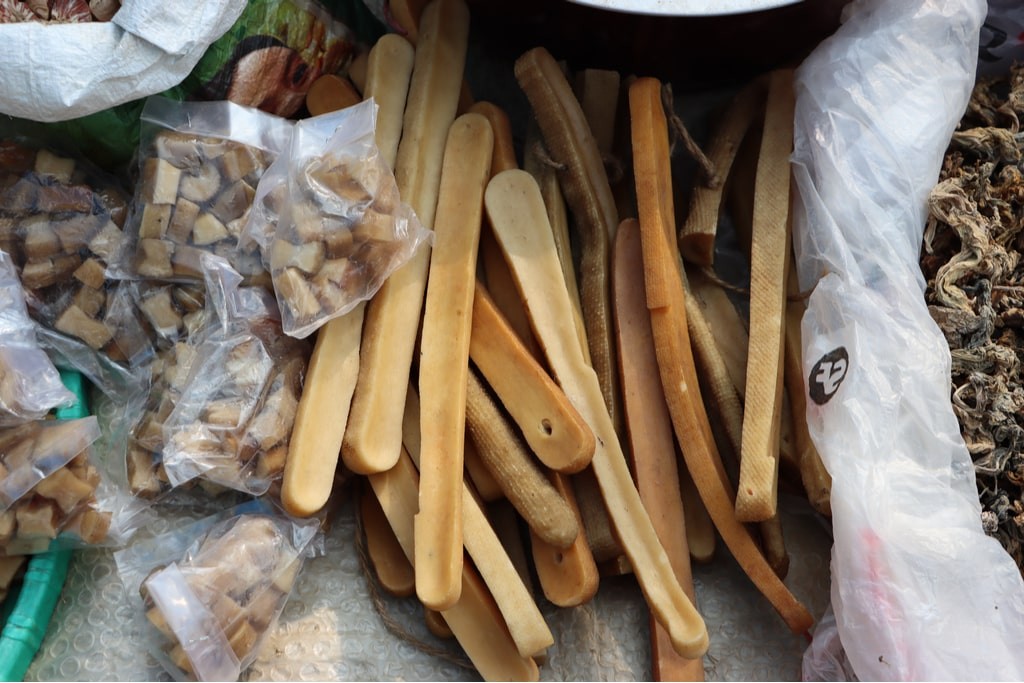 |
| Photo: Shutterstock |
There are two kinds of chhurpi, hard and soft. It is hard and hence both humans and dogs can keep sucking and chewing on it for hours. Hard chhurpi is brown in color and odorless, and extensively used in the hilly parts to keep the mouth busy so and the body warm. People in Darjeeling also use this cheese instead of supari (betel nut). The soft chhurpi is tangy and crumbly, can be stored in a cool place for two weeks and if you keep it longer and the flavor and smell only become stronger.
Chhurpi is also known as Durkha which is hardened cheese consumed mainly in the Himalayan region of Nepal and Tibet. The soft variety is prepared out of cow’s milk and the hard variety out of yak’s milk. Chhurpi is made for the separated whey of the buttermilk solids to produce curds similar to Italian Ricotta. These fresh curds are then left to ferment to acquire a bit of tanginess. Soft Durkha or Chhurpi is an excellent source of protein and used as a substitute for vegetables in the mountainous region. Chhurpi is such an inseparable ingredient that the locals use to make an instant pickle, mix it with ningru, the local green leaf, with meat, curry and or with any and everything that they feel. It is a great source of protein and hence it only makes sense to consume it.
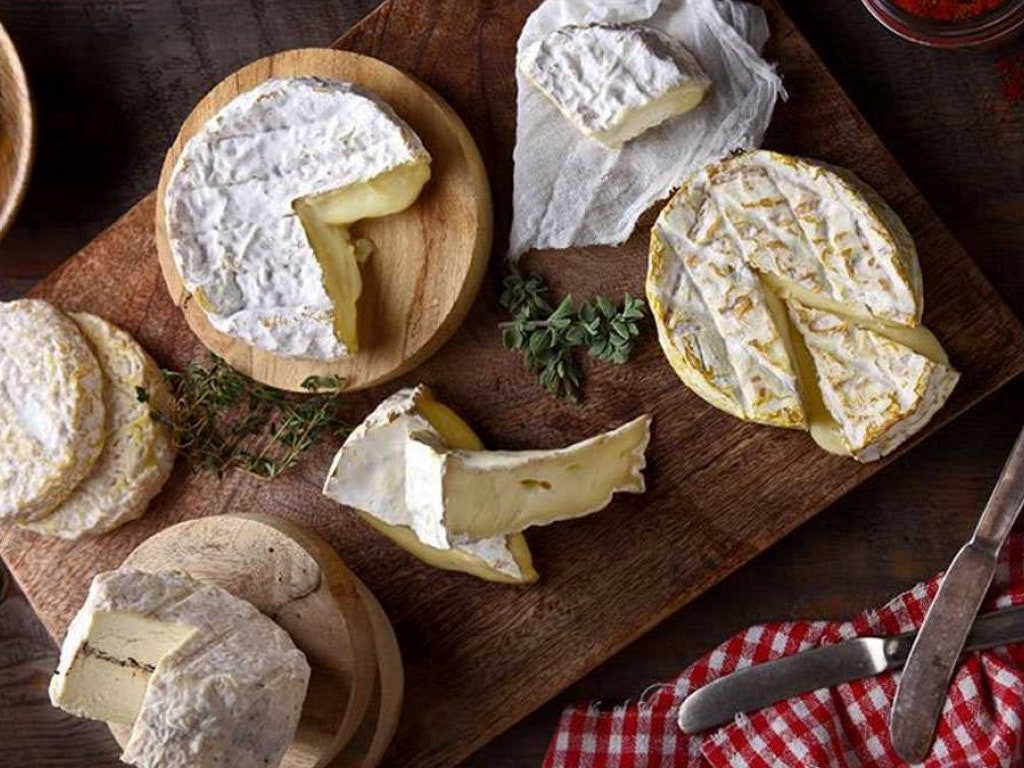 |
| Photo: Getty Images |
As per cheese.com, “hard Durkha or Chhurpi is made out of yak milk. After the curds are cured at room temperature for 2-3 days, the cheese is sliced and left to dry in the sun or dried in the oven on low heat. This type of Chhurpi becomes very hard and lasts for many years. If hard Chhurpi is as old as 4 to 5 years, it is called chhurpupu. If stored properly in yak skin (mongnang), hard Chhurpi can be consumed even for 20 years.” Culturally it is a prestige issue to have old cheese in the house. The older it is, the better it is to show off in the neighborhood. Chhurpi is also used as a cure for stomach pain. Marchang is one popular dish which is made out of this cheese and can only be found in the Himalayan region by frying chhurpi yak ghee and mixed with Kongpu flour or finger millet flour before serving.
It is not only the food the gives an everlasting experience but the people who make these dishes and my host did a fantastic job in creating that experience. Ningru Chhurpi maybe the common and regular dish for them but it became a novelty to me. Both essential ingredients are rare to find in Delhi. It is this rarity that makes people value and salivates more.
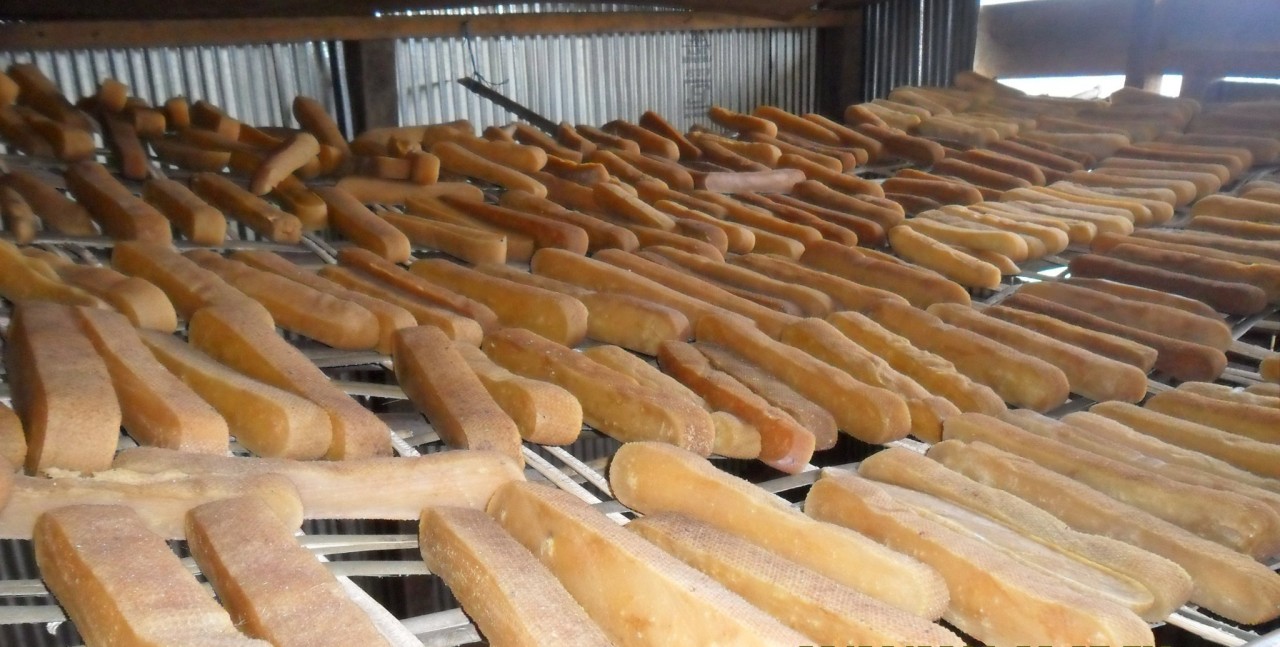 |
| Photo: Wikipedia |
How to eat a hard chhurpi?
If you thought you could eat a piece of chhurpi like your regular cheese, you need to know this. Here's how to eat it—you need to take a bite or piece and let it sit in your mouth for about 5 to 7 minutes so that it can moisten up and then, you start chewing it. If you don’t follow the steps, you might not enjoy the flavours.
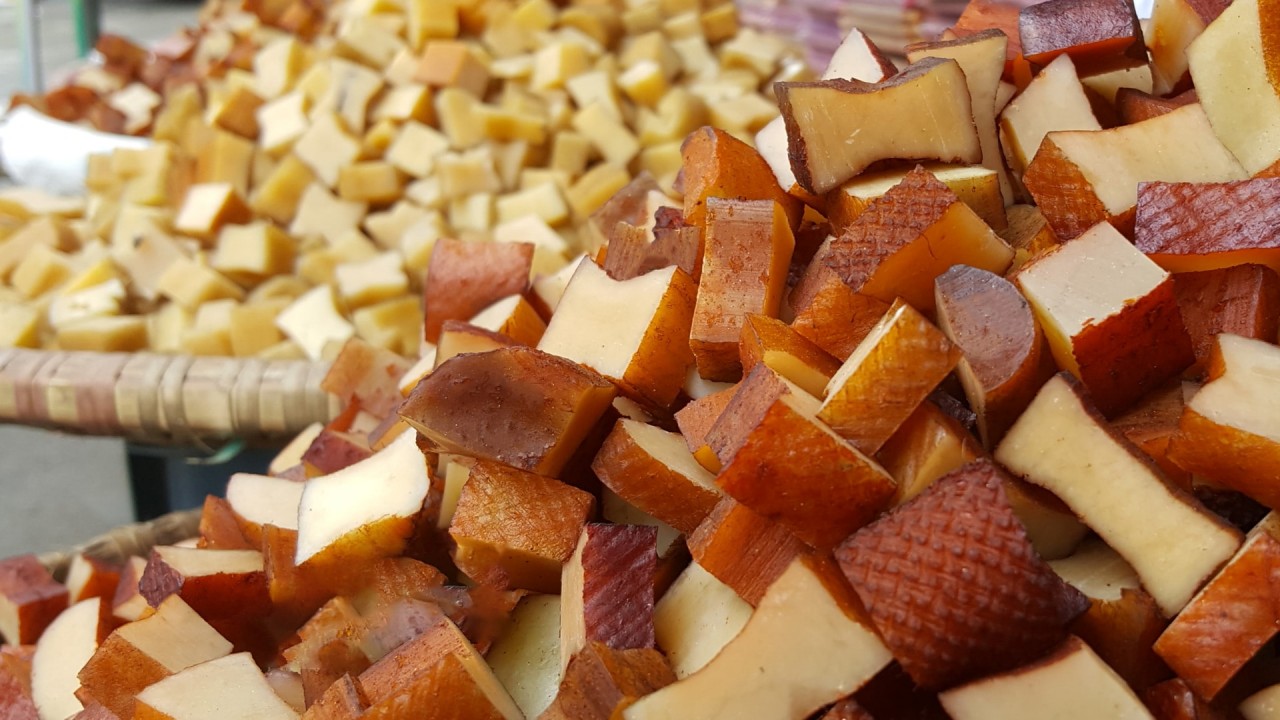 |
| Photo: Everest Dog Chew |
Depending on the quality, a piece of chhurpi can last for nearly three hours!
This aged chhurpi can last you months, but if it’s stored in special yak skin bags, they can stay fresh for nearly two decades.
The age-old Himalayan chhurpi has also found an unlikely market in the United States, Canada, Britain and Japan. The chewy hard cheese can be found in Petco, and other pet-food supply giants as dog treats and edible chew toys for teething puppies.
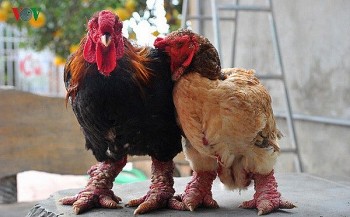 | Top Ten Vietnamese Specialties Made For Royals Vietnam is famous for its rich and delicious delicacies, and some were specially made only for royals to eat. |
 | Promoting Tourism and Vietnamese Cuisine in China A program introducing Vietnam in Kunming was recently broadcast live with hundreds of thousands of viewers in China |
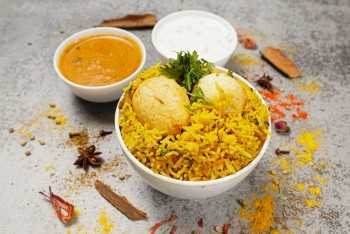 | Rice in Vietnam: Discover The Finest Rice Varieties Rice is one of the most important parts in Vietnam's daily life, and here is the finest and most delicious rice varieties you can try ... |
Recommended
 World
World
Pakistan NCRC report explores emerging child rights issues
 World
World
"India has right to defend herself against terror," says German Foreign Minister, endorses Op Sindoor
 World
World
‘We stand with India’: Japan, UAE back New Delhi over its global outreach against terror
 World
World
'Action Was Entirely Justifiable': Former US NSA John Bolton Backs India's Right After Pahalgam Attack
 World
World
US, China Conclude Trade Talks with Positive Outcome
 World
World
Nifty, Sensex jumped more than 2% in opening as India-Pakistan tensions ease
 World
World
Easing of US-China Tariffs: Markets React Positively, Experts Remain Cautious
 World
World

